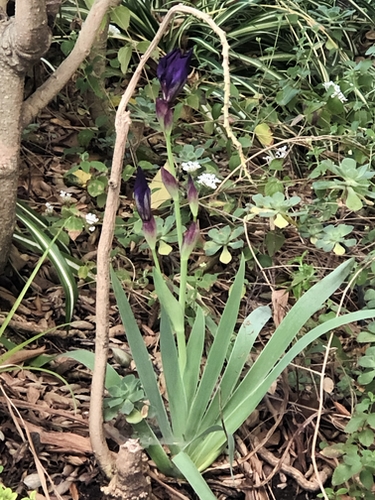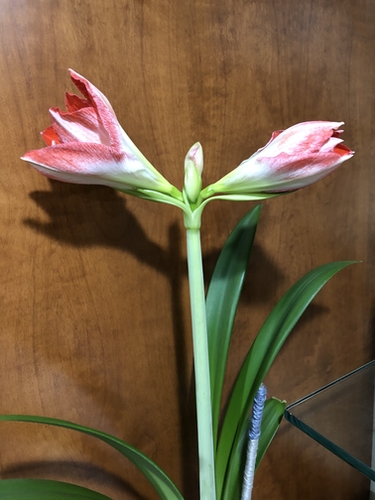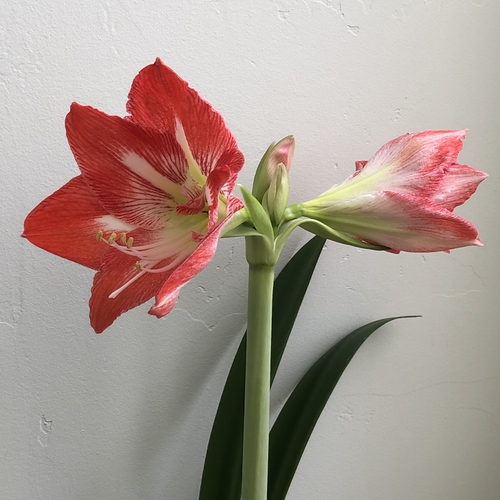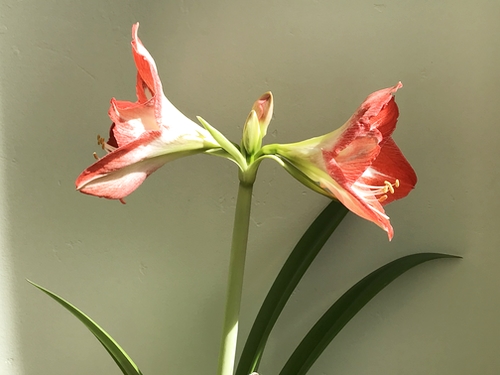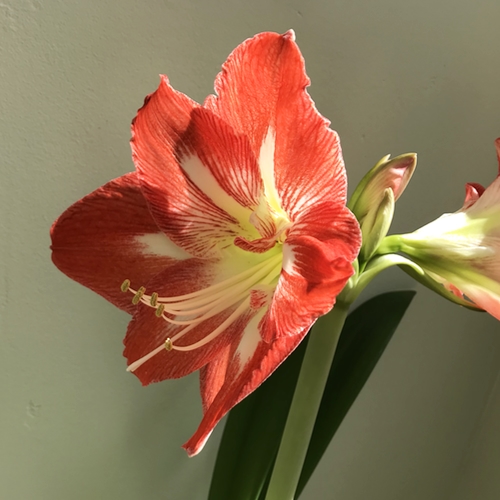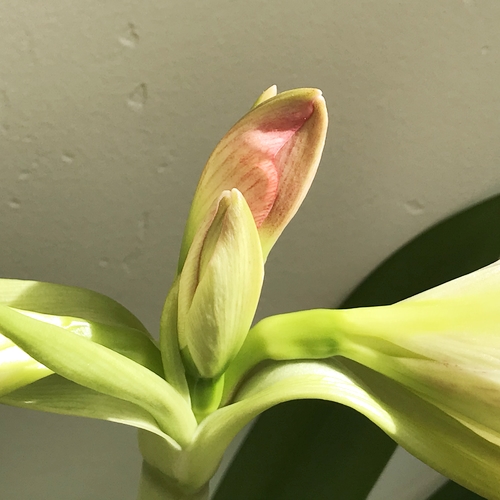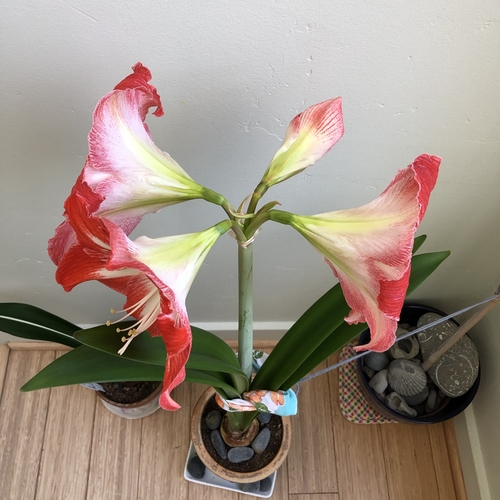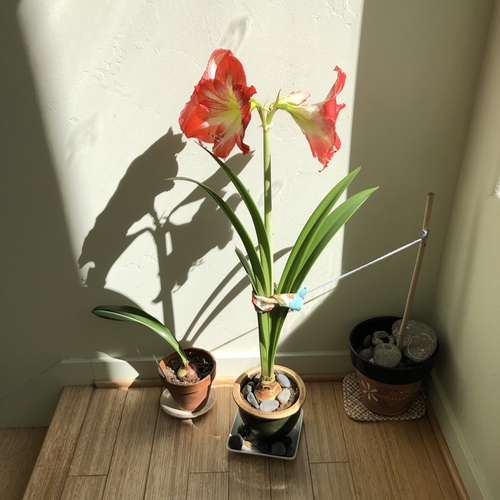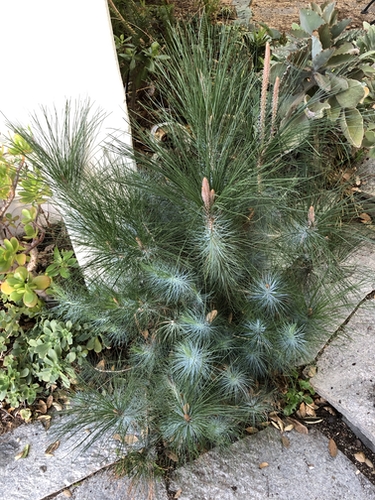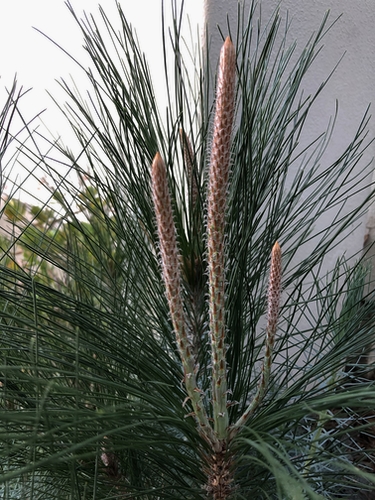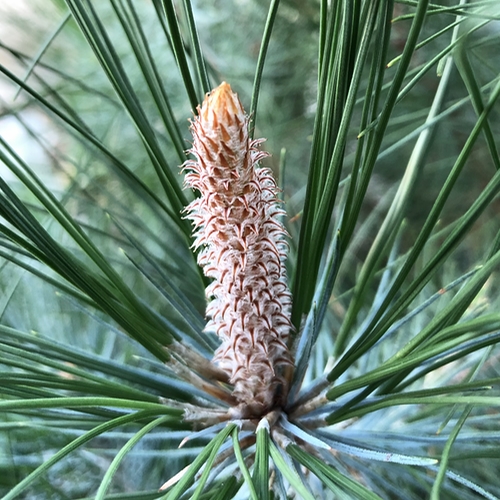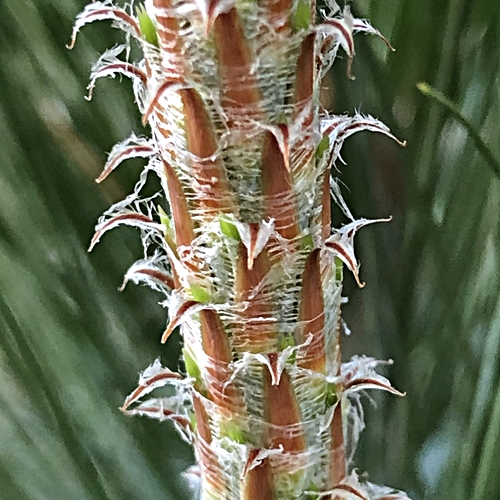Last night I turned on the light over my work bench and found on oddity.
This little vessel has been hanging in my studio for decades. I fired the piece multiple times. Before the last firing, I bound it with wire and applied low fire lead glazes.

The oddity is a casemaking moth. What is it eating? Clearly not the glaze because typically the case that the casemaking moth construction will be the color of whatever it has eaten.
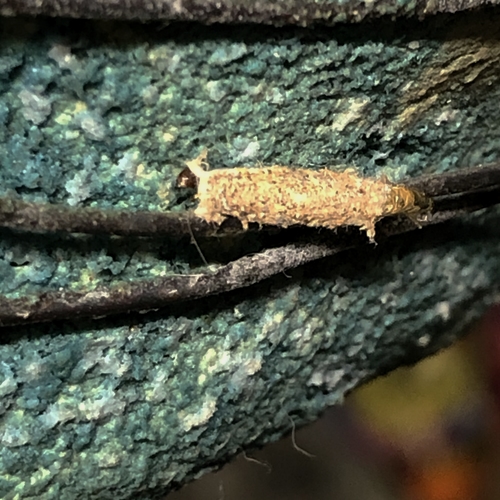
Recently looked through my stash of wood objects to use as an addition to a piece. The boxes were wrapped in plastic and stored in a wood bench. When I opened the drawer I found a green casemaking moth.
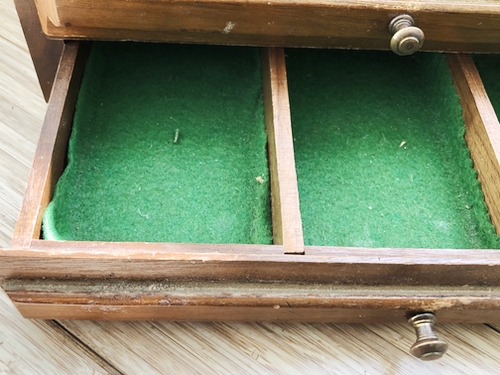
How did it even get inside? No clue.

I have cleaned my studio numerous times to remove the niches the moths like–undisturbed dark areas with fiber and plant material.
I have been forced to keep my stored completed work, work in progress and fiber materials in plastic. But, I can still find casemaking moths. It is frustrating, especially when I find that they have damaged something of value.
I use two methods for treating pieces and materials–place them in the freezer or someplace that becomes quite hot, like the trunk of a car.
The freezer shelf that is set aside for materials and work.
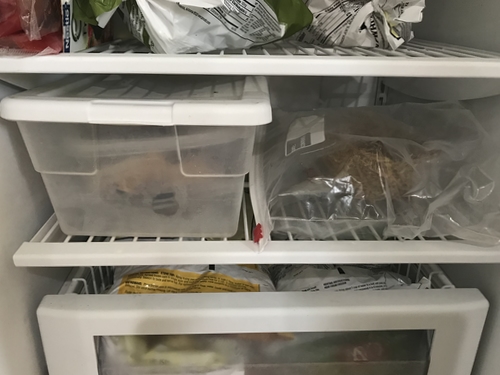
Recently found a casemaking moth on a wool I-cord that had been an embellishment for a rooster lamp that has been sitting on the china cabinet for nearly 15 years.

He looks lost without it.
I washed the I-cord in warm soapy water. Gave it a rinse, popped it in a plastic bag, and placed it in the freezer.

